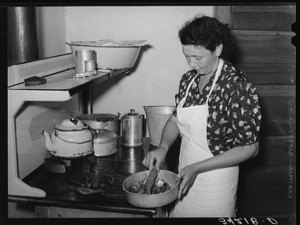The Census is Wrong?
As a researcher, I have learned that records are not perfect. I have also found that many people believe that they are always correct. Records are only as good as the people who provided the information.
The U.S. census was taken every 10 years beginning in 1790. The census only included white people and Indians who paid taxes. In 1885, the U.S. government decided that they wanted to keep a record of all of the Indians living on the reservations after the Dawes Act. So as a result, a census was taken yearly on all the reservations from 1885 to 1940. The Indian agents were supposed to compile a census of all the people living in their agency; however, some were more diligent than others. Some tribal agencies did not take a census every year while others just copied the previous year’s census and submitted it without doing the survey again.
As I was doing my own research I came across an entry of one of my ancestors in the 1929 Shawnee Agency Indian Census. I searched for my ancestor and found her listed as “Mary Ann Crumbo Hurd dead.” I had traced her up until that point so I believed that she had died within that year. I searched for her death record but could not find it. I had just assumed it was because of the lack of records common in Indian research but months later I found one reason why I could not find it. I was working on learning more about her family and was researching her children when I came across a history written by her daughter, Phoebe, in the Sand Springs, Oklahoma Community History. In it she stated that in the same year she got married (1920), her mother, Mary Ann Hurd Crumbo died. The census was wrong! It had shown Mary Ann Crumbo Hurd living well past 1920.This is a perfect example of how censuses are imperfect. In this specific case, I believe that the Indian agents most likely kept adding years to the censuses without going to house to house every year to check the information. The agent probably didn’t get around doing an actual survey of the reservation until 1929, and so that is the first year that Mary Ann’s death was recorded.
Censuses are a great resource for information but the information found on them is not always perfect. This taught me to use the information provided on the censuses as a starting point but to remember that they are not always completely correct.


